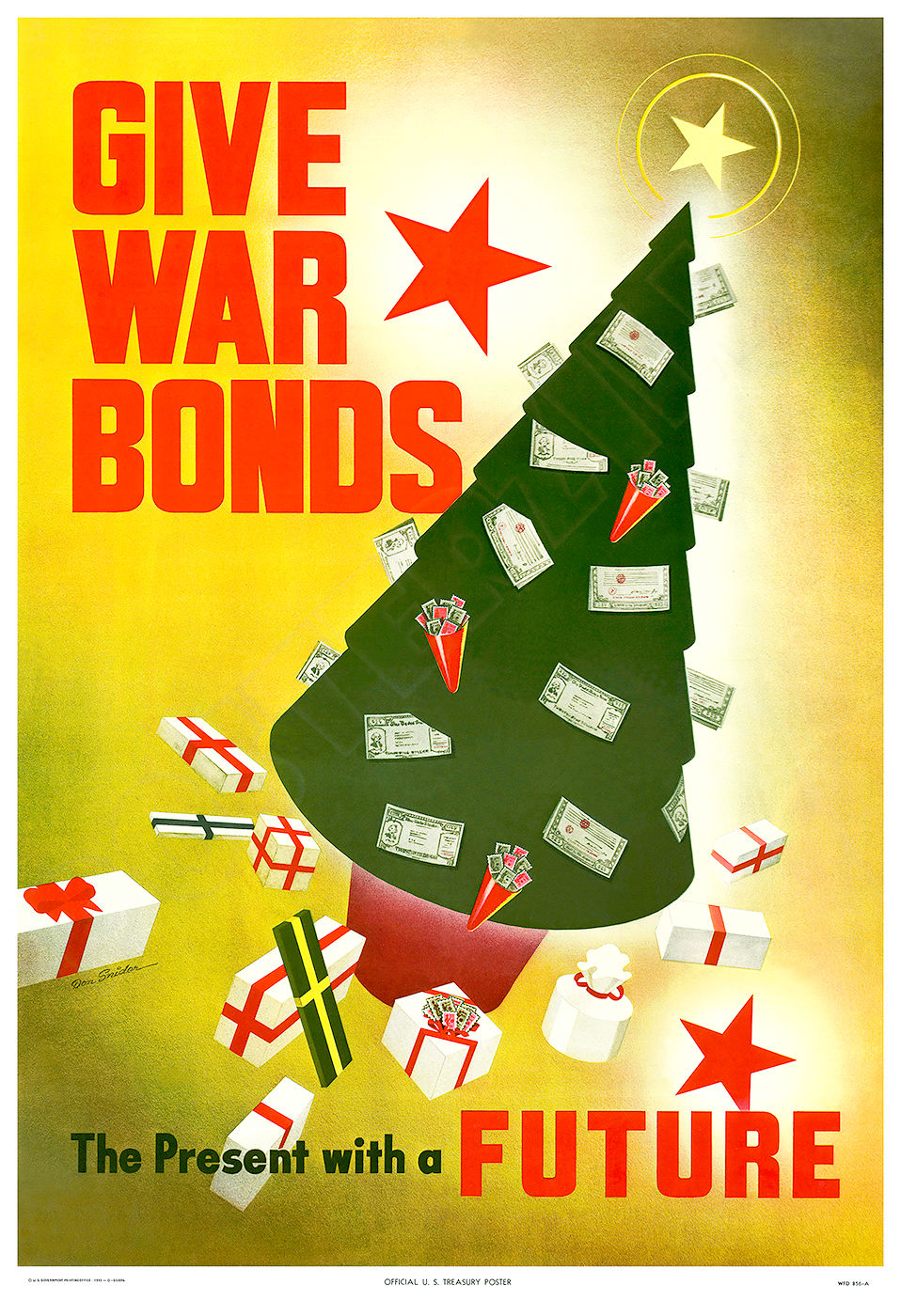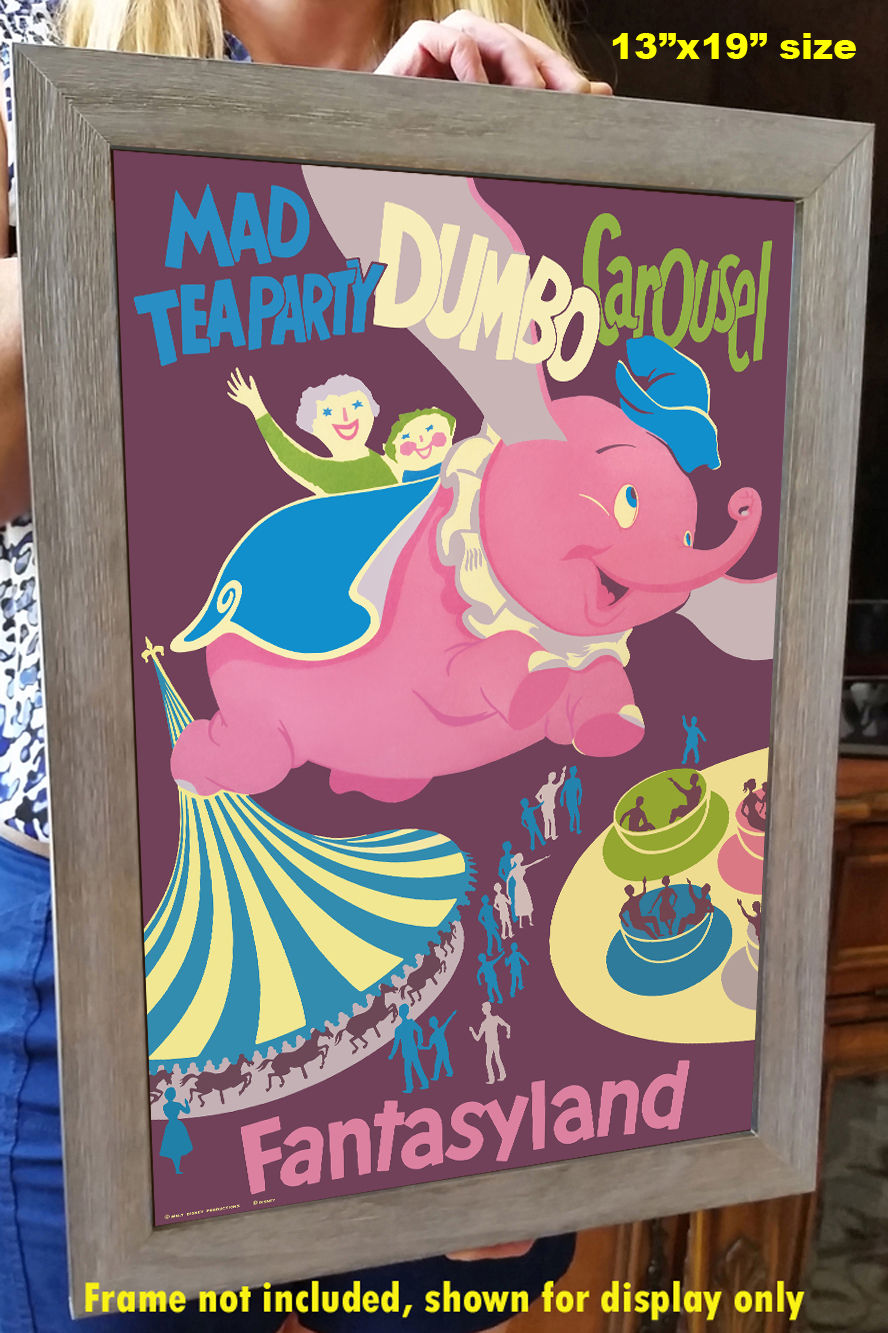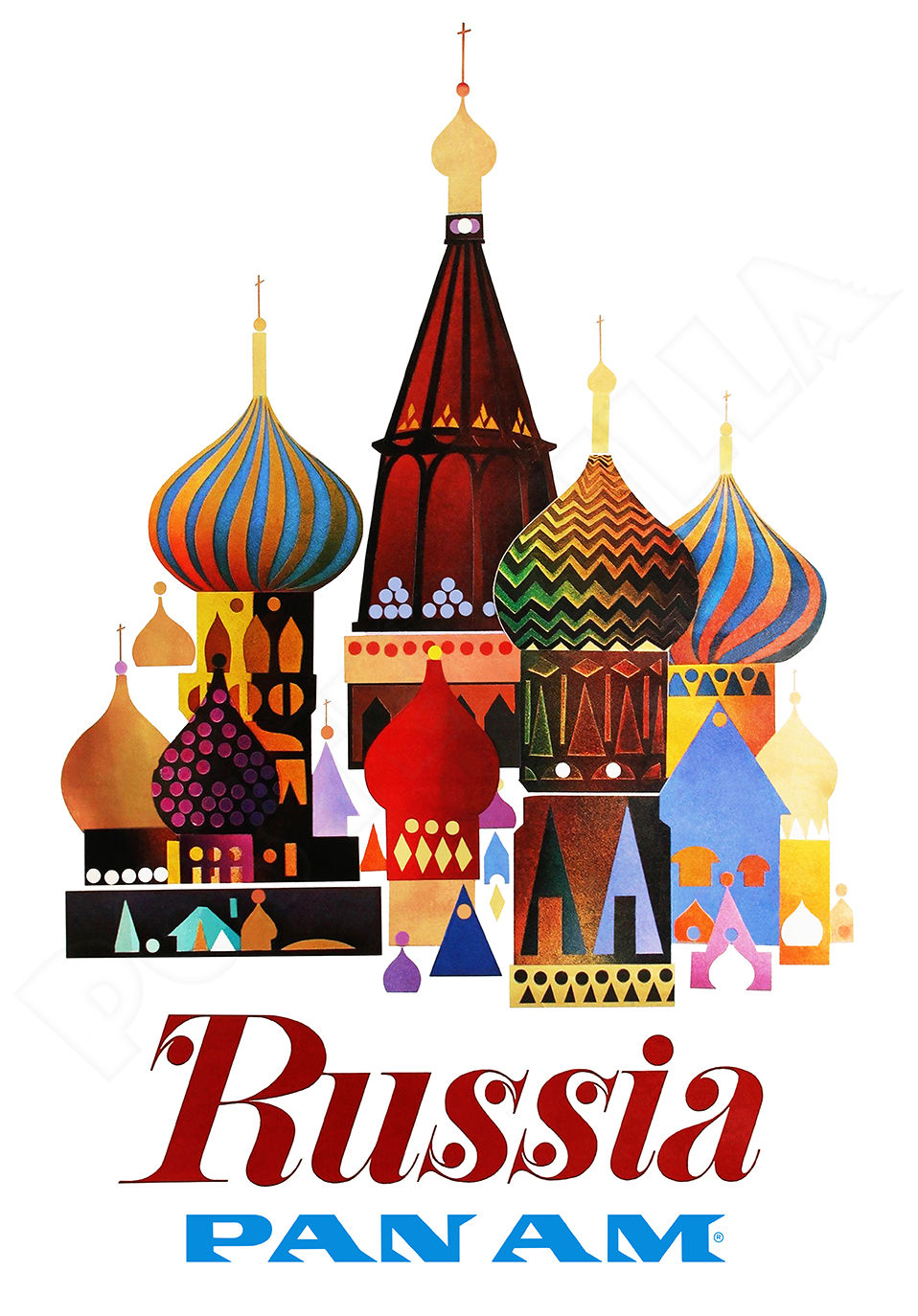This beautiful reproduction poster has been re-mastered from an original 1940 advertisement for United Airlines, featuring their Mainliner fleet of Douglas DC3 luxury passenger aircraft, and their service to vacation spots across the U.S.
The vibrant colors and detail of this classic image have been painstakingly brought back to life to preserve a great piece of history.
The high-resolution image is printed on heavy archival photo paper, on a large-format, professional giclée process printer. The poster is shipped in a rigid cardboard tube, and is ready for framing.
The 13"x19" and 24”x36” formats are excellent image sizes that look great as a stand-alone piece of art, or grouped as a visual statement. These posters require no cutting, trimming, or custom framing, and a wide variety of these frames are readily available at your local craft or hobby retailer, and online. The 24”x36” poster has a 1” white border.
A great vintage print for your home, shop, or business!
HISTORY OF THE DOUGLAS DC-3
The Douglas DC-3 is a fixed-wing propeller-driven airliner with tailwheel-type landing gear. Its cruise speed (207 mph or 333 km/h) and range (1,500 mi or 2,400 km) revolutionized air transport in the 1930s and 1940s. Its lasting effect on the airline industry and World War II makes it one of the most significant transport aircraft ever made.
The DC-3 was a twin-engine metal monoplane, developed as a larger, improved 14-bed sleeper version of the Douglas DC-2. It had many exceptional qualities compared to previous aircraft. It was fast, had a good range and could operate from short runways. It was reliable and easy to maintain and carried passengers in greater comfort. Before the war, it pioneered many air travel routes. It was able to cross the continental United States, making transcontinental flights and worldwide flights possible, and is considered the first airliner that could make money by carrying passengers alone.
Civil DC-3 production ended in 1942 with 607 aircraft being produced. However, together with its military derivative, the C-47 Skytrain (designated the Dakota in British Royal Air Force (RAF) service), and with Russian- and Japanese-built versions, over 16,000 were built. Following the Second World War, the airliner market was flooded with surplus C-47s and other ex-military transport aircraft, and Douglas' attempts to produce an upgraded DC-3 were a failure due to cost.
United Airlines traces its roots to Varney Air Lines (VAL), which Walter Varney founded in 1926 in Boise, Idaho. Continental Airlines is the successor to Speed Lanes, which Varney had founded by 1932 and whose name changed to Varney Speed Lines in 1934. VAL flew the first privately contracted air mail flight in the U.S. on April 6, 1926.
After World War II, United gained from a boom in customer demand for air travel, with its revenue per passenger-miles jumping five-fold in the 1950s, and continued growth occurring through the next two decades. From 1953 until 1970 United offered "men only" flights which forbade children and women (with the exception of two female flight attendants per flight). The airline allowed passengers to smoke and offered complementary cigars as well as drinks, and a steak dinner.
In 1954, United Airlines became the first airline to purchase modern flight simulators which had visual, sound, and motion cues for training pilots. Purchased for US$3 million (1954) from Curtiss-Wright, these were the first of today's modern flight simulators for training of commercial passenger aircraft pilots.
United merged with Capital Airlines in 1961, which helped United to regain its position as the "number one airline" in the U.S. In 1968, United Airlines became a subsidiary of the UAL Corporation. United experienced several periods of labor unrest during the 1970s, and the Airline Deregulation Act of 1978 forced United to scale down its operations to remain profitable.
In 1982, United became the first carrier to operate the Boeing 767, taking its first delivery of 767-200s on August 19. In May 1985, the airline underwent a 29-day pilot strike over management's proposed "B-scale" pilot pay rates.
The aftermath of the Gulf War and increased competition from low-cost carriers led to losses in 1991 and 1992. In 1994, United's pilots, machinists, baggage handlers, and non-contract employees agreed to an Employee Stock Ownership Plan (ESOP), acquiring 55 percent of company stock in exchange for 15–25 percent salary concessions. This made the carrier the largest employee-owned corporation in the world. United also launched low-cost subsidiary Shuttle by United in 1994, which was a high frequency, west coast-based carrier that remained in operation until 2001.
top of page
$19.95Price
Color: Blue
These are simply the best posters available! You will be thrilled with the image quality, vivid colors, fine paper, and unique subjects.
Our posters are sized for standard off-the-shelf frames, with no custom framing required, providing huge cost savings!
Related Products
bottom of page






























